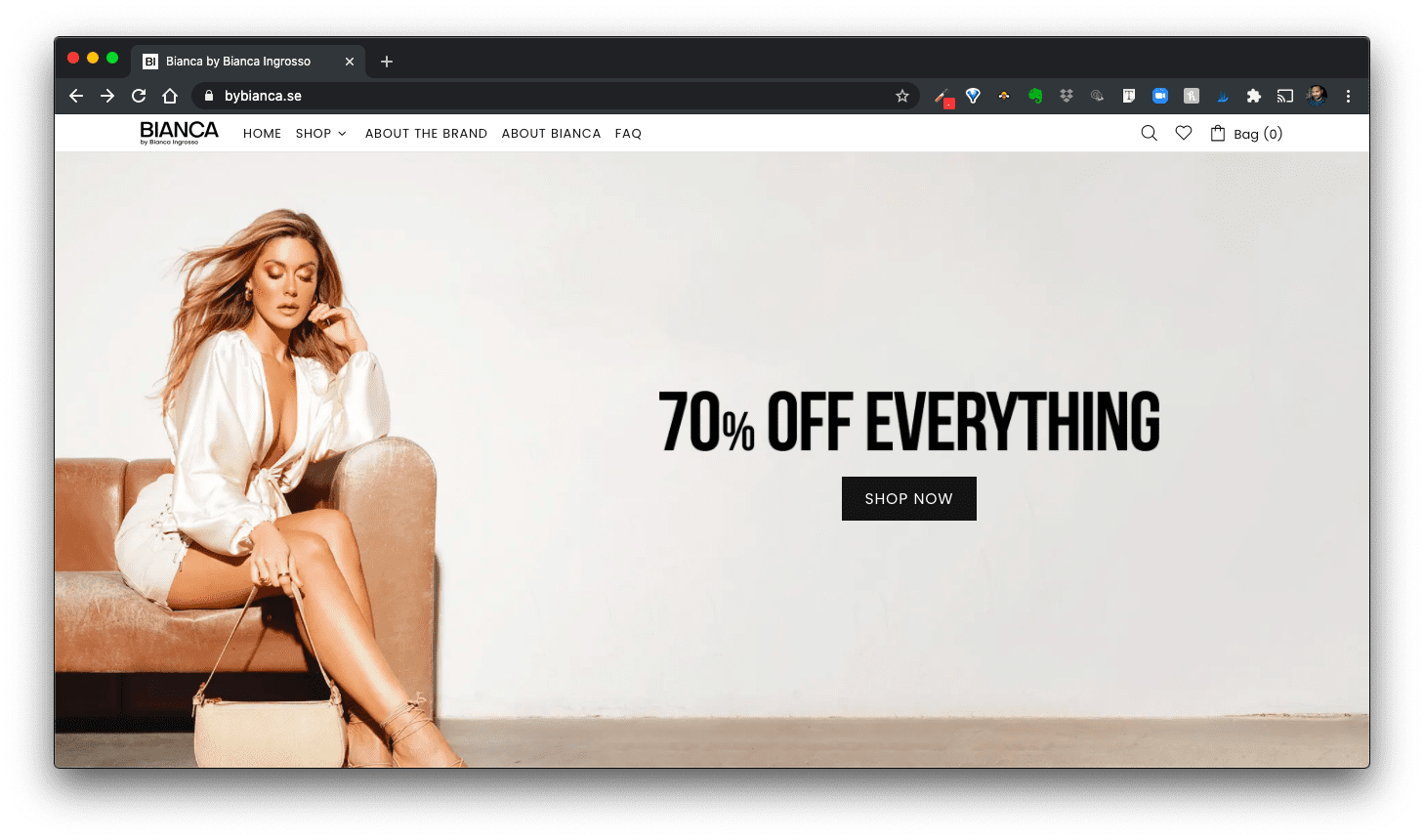Influencer marketing is evolving — but are you ready?
As the number of approachable journalists seems to dwindle, the importance of influencer marketing has increased — especially over the last 3-4 years.
And influencer marketing is exciting to explore.
So, I’ve talked about how to categorise influencers, why it’s important to target the magic middle for ambassadorship, and why you should always do a honeymoon outreach.
But, wait. What about the influencers themselves?
Well, they don’t seem to be quite done just yet.
Late bloomers of monetisation
Online influencers isn’t a new phenomenon by any stretch of the imagination. Their platforms has shifted over the last decades, but wherever there’s an audience, there’s an influencer.
Influencers have always have been early to crash new online parties, but they’ve been late bloomers when it comes to monetisation.
As the hippie web died in 2012 and got replaced by the money web, few influencers got around to making it work for themselves. Working with influencers was often a pain; many of them were still not used to business professionalism.1
However, in around 2017, many influencers started to get the hang of monetisation — quickly.2
Apart from ad revenue from the social networks, influencers started to do bigger and better things, especially together with brands. Brand collaborations quickly became a marker of online status.
Why did this happen in 2017 and not sooner?
Well, this leap into monetisation seems to have been driven primarily by new technology.
Examples: Influencer monetisation technology
Influencers are now movers and shakers in the marketplace; they get record deals, lucrative television contracts, and typically a volume of free publicity that most brands would kill for.
Today, however, it’s not just about ad revenue and brand collaborations anymore.
Influencers have a comprehensive understanding of not only their audiences and their content preferences — but their buying powers as well.
Now there are tons of services (like Patreon, OnlyFans, etc.) that allow influencers to set up their own premium community of subscribers. An influencer can easily sell their own products via their websites (using Shopify, WooCommerce, etc.) with integrated payment methods.
Also, there are tons of specialised services that allow influencer to sell everything from merch to prints.
An influencer today often has many different streams of income, but less than eight years ago when the web shifted into a haven of capitalist dynamics, most of these monetisation technologies weren’t even invented yet.

Will these emerging influencer-driven brands stop at fast-moving consumer goods (FMCG)? Or will this phenomenon start to become more noticeable also in other industries?
How influencer marketing is changing
Since the advent of fashion blogging, influencer marketing has been a fascinating opportunity for FMCG brands to explore.
However, I don’t think that many other types of businesses is waiting in line to experience what it is to see your products or services swoosh of the “shelves” after an influencer collaboration.
Because influencer marketing is up for its next phase — and it seems to be coming fast.
What’s quickly happening is that influencers are learning about business. And they’re learning that it’s better to sell their own products instead of someone else’s.
Influencers are learning that they prefer to promote their own brands. Not only because they can get a bigger piece of the cake, but because it’s easier for them to make content in a natural way around their own lines of merch.
So, influencers are now launching their own businesses. Their own brands.
And, they’ve already begun to turn down third-party collaborations to focus on their own business ventures instead.
Imagine a marketplace where some brands pay top dollar for marketing — and no-one cares. While some brands, brought to life by influencers, are getting tons of recognition for everything they do or say — and they’re not even paying for exposure.
As a brand in need of reaching customers in some ways, it begs the question, is this going to matter?
Learn more: In How to categorise influencers, I discuss different tiers and naming practices for influencer marketing.
Could an influencer put you out of business?
When we talk about influencer marketing — do we mean:
a) businesses collaborating with influencers to market products and services, or
b) the various methods an influencer use to market their own products and services?
See the shift right there?
Then, which one are we really talking about?
I ought to know. But I’m not sure anymore.
In the next couple of years, many heads of marketing- and communications, I think, will struggle to find ways of actually reaching their customers. Not due to lack of marketing budgets, but due to lack of strong options:
- Programmatic advertising is brimming with fraud and shows signs of creepiness.
- SEO and content marketing are being pushed down by Google and keyword competition is rough.
- Inbound marketing was an amazing opportunity in 2015, but it surely isn’t much of a secret anymore.
- Media relations is a challenge as the traditional news is fighting what seems to be a losing battle against the digital transformation.
Short-term, many brands will have a hard-time reaching their customers in a sensible way. Long-term, many brands might be encountering fierce competition from influencer brands with massive audiences that are highly engaged and forceful.
Prepare for influencer-driven competition
What can we expect as influencers move into more and more fields of commerce?
With online marketing becoming increasingly important every day, many brands might soon find themselves squeezed between influencer brands on one side and tech giants, who are just too big to fail, on the other.
One side dominates the algorithms.
The other side owns the algorithms.
And neither of these two sides are on your side.
In 2021 and beyond, businesses should consider what it means to compete with brands who doesn’t have to pay for reach by commanding legions of loyal followers.
I guess what am asking is this: How many true fans does your brand have?
Photo by Jerry Silfwer.

---------------------
- There were exceptions, primarily bloggers, who were successful in closing advertising deals, but they were also fighting against being replaced by YouTubers and Instagrammers.
- It should be noted managed to do this despite the fact that the big platforms in many specific cases had started to work against influencer monetisation.




























